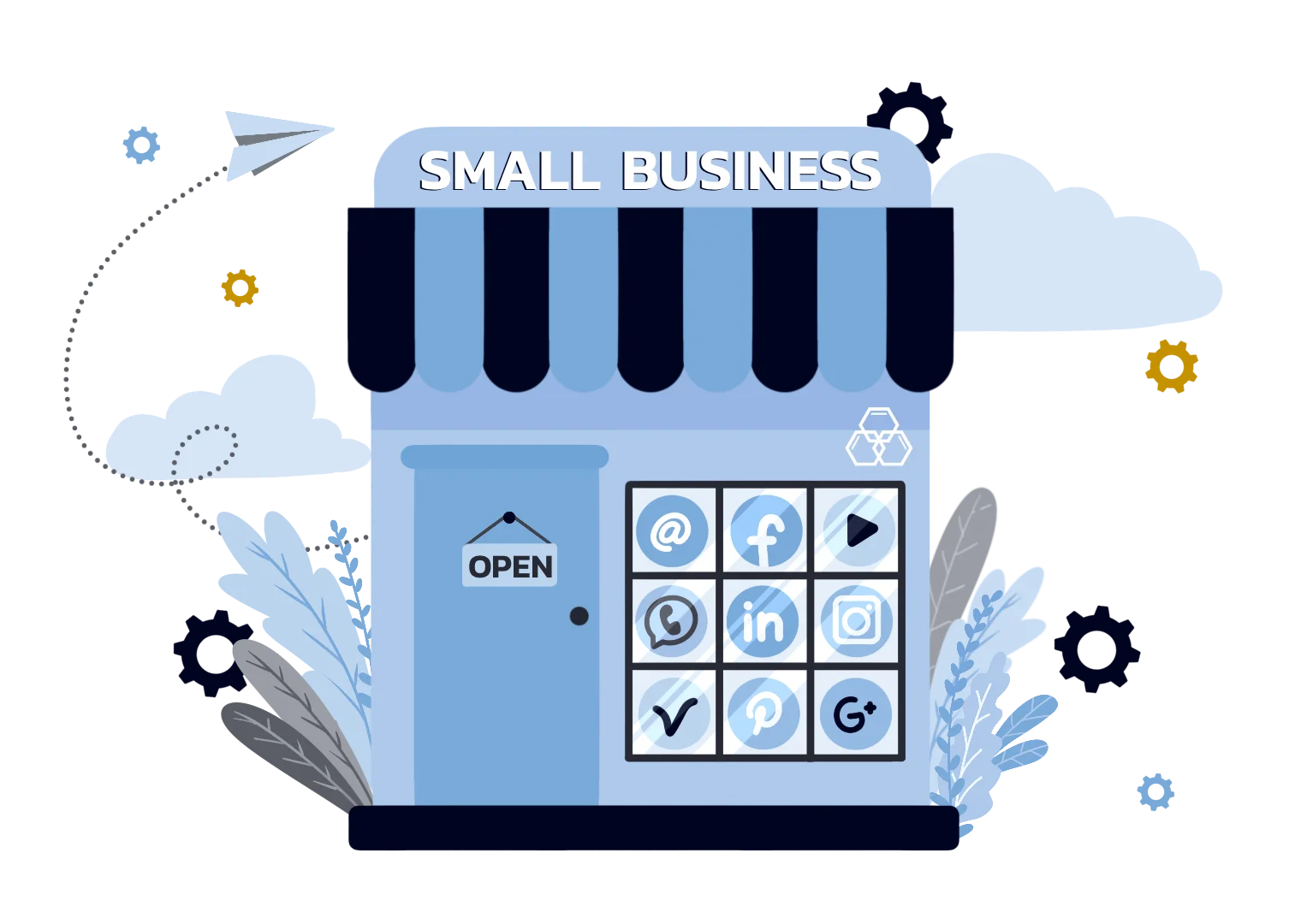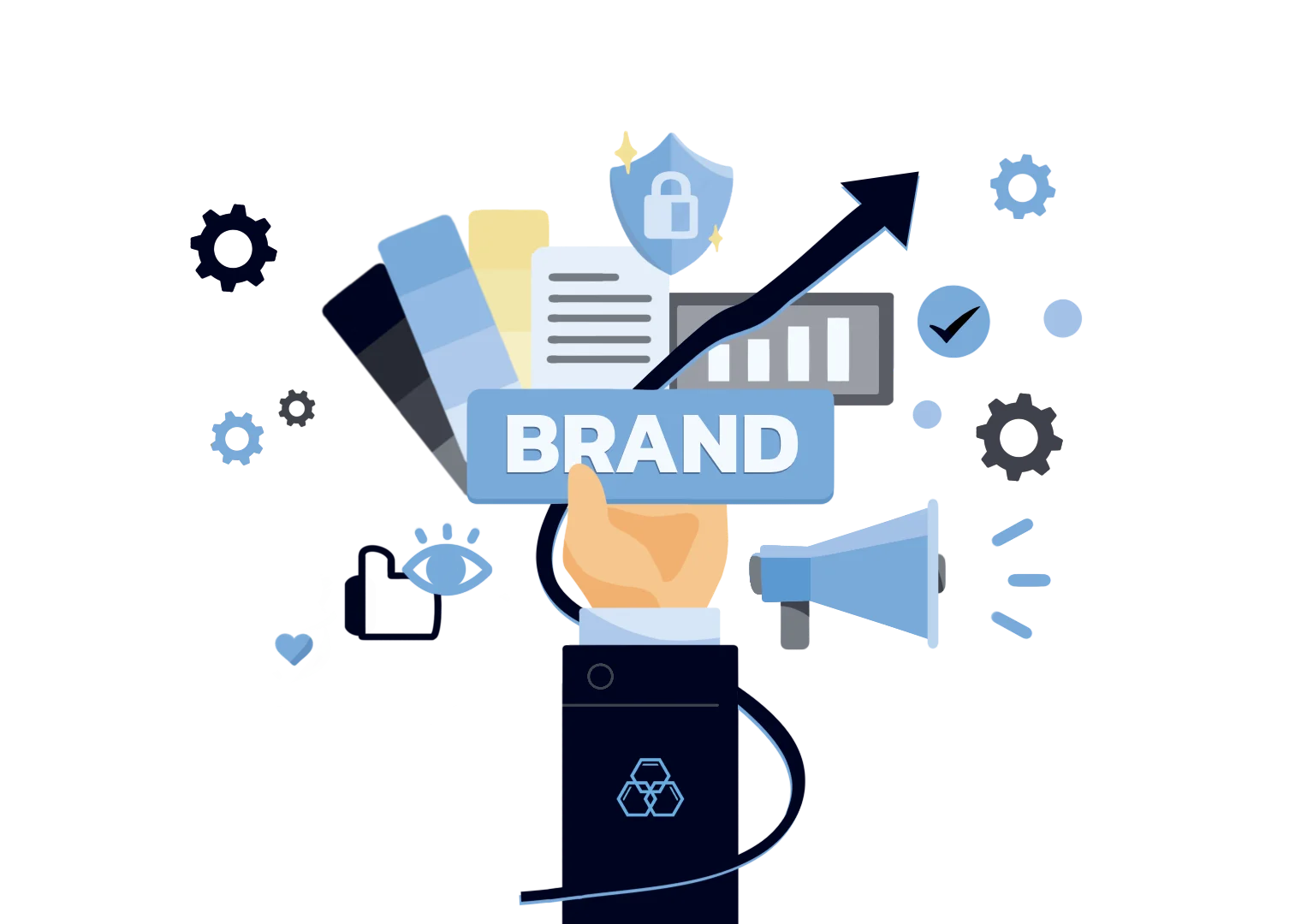What You Need to Know About Brand Awareness
On an imaginary brand-awareness scale, Coca-Cola's presence would read "omnipresent." The Coca-Cola firm is iconic. A single look at the white curly typeface and banner against the bold red background is enough to activate the brain's recognition process. But, something deeper is going on and it's called brand awareness.
What is brand awareness?
Brand awareness is how familiar your potential customers are with your brand and how well they recognize it. In other words, brand awareness measures how memorable and recognizable your brand is to your target audience. Brands with high levels of brand awareness are called 'buzzworthy,' 'trending,' or 'popular.'
Brands are made up of many different things including logos, colors, slogans, images, etc. Brand awareness can be measured by asking people if they know what a particular company does, who makes their product, and whether they think the company is trustworthy.

Brand awareness is an effective marketing strategy that causes people to acquire an instinctive preference for a company and its products. Most marketing techniques focus on making a brand recognizable and memorable since it is a key factor in building brand trust and, eventually, sales.
What are the types of Brand Awareness?
It is essential to recognize and understand the types of brand awareness to create an effective and well-rounded brand awareness campaign.
#1 Brand Recall
Brand recall is also referred to as spontaneous recall or unaided recall. It's basically a customer’s ability to draw out a brand name from their memory when prompted by a specific product category. For example, if you hear the word "coffee," it brings specific brand names to mind. It is said that customers are able to recall at least 3 brands.
Others can recall up to 7 brand names and for product categories that they have low interest in, they can recall at least 1 to 2 brand names. Brand recall proves that there is a strong connection between the brand and the product category.
#2 Brand Recognition
Brand recognition is also known as aided brand recall. It is a customer’s ability to differentiate a brand when they're in contact with it. When a brand name is given, for example, the customer can state the product category or product. Brand recognition happens through packaging, logos, slogans, jingles, and more. Brand recognition indicates that a brand is currently reaching its target market.
#3 Top-of-mind awareness
Top-of-mind awareness is a response that is off the top of your head. It's the first brand that comes to a customer’s mind when asked an unprompted question about a product category. When this concept is applied to a larger number of consumers, top-of-mind awareness refers to the most recalled or remembered brand name.
When consumers remember brands “off the top of their head,” it is highly likely that they are considering that brand during purchase. This is especially true if the consumer must pick between competing brands and the brand has favorable associations. This is most common in impulsive buying or low-involvement categories.
#4 Brand Dominance
Brand dominance is seen when a consumer can only recall one brand name in a product category. When a large group of people recalls a single brand name in a product category, that brand is now a household name. Being a household name indicates brand success.

How does Brand Awareness Work?
To explain how brand awareness works, think about the time you decided to buy a pair of sneakers. You’ve decided to buy a pair of sneakers. What are the first brands that pop into your mind?
Although it's possible that you won't be buying the brand you thought of first, the fact is you have a high awareness of certain brands. This is important to note because it indicates that you have an internal bias towards them. If this effect is multiplied by thousands of customers, brands will inevitably see a sales increase. This is what every marketer dreams of with their brand awareness tactics.
Brand awareness increases brand association.
Brand awareness associates products and actions with particular brands. Subconsciously, we are encouraged to replace common words with branded terms.
When you put a face to your brand name, consumers can trust you easier. Brand awareness gives your brand a personality. It provides a way to be sincere, receive feedback, and tell a story. As humans, we build trust with each other -- the human/brand relationship isn't any different.
Brand awareness fosters trust and brand loyalty
Brand awareness establishes authenticity, brand trust, and brand loyalty. A well-known, easily recognizable brand with a strong voice in the marketplace naturally communicates authority and leadership. Brand legitimacy, consumer trust, and loyalty are all boosted as a result of this. These are also the characteristics that distinguish a brand as a sales leader.
It improves client loyalty and retention - retaining consumers is less expensive than acquiring new ones. Customer retention is aided by brand awareness, which keeps the brand at the forefront of the customer's mind. Of course, simply being aware of a brand does not guarantee customer satisfaction. You must also provide outstanding products, services, and experiences. When all of these factors are combined with a high level of brand awareness, it becomes much easier to keep clients and avoid churn.
How to Measure Brand Awareness
Since the bottom line of all brands is revenue, you need to track your efforts. When you measure brand awareness through KPIs, you'll also get insight into how to optimize your future campaigns. '

The first KPI is traffic. This metric measures the overall impact that your brand awareness campaign has on the traffic of your website. If more people visit your website, theoretically, more people are aware of your brand.
The second is branded search volume. This metric has something to do with tracking how many people visit your website from organic branded search terms. The reality is, people couldn't search for your brand on search engines if they're not aware of it. So, the more people directly type in your brand name into their searches, the more people know about your brand.
The third KPI is mentions. It's always good news when your brand, product, or service is mentioned on social media posts, the news, and in publications. Brand awareness should get people talking about your brand as well as what they're saying and how often they talk about you. Tracking mentions will give relevant and vital information about future products and campaigns.
The fourth is social media engagement. Keep track of social media metrics like comments, likes, shares, views, retweets, and more. since this KPI is electronic word-of-mouth, social media engagement can drive up to 29% of your conversions. Social networks are the go-to place for marketers to start and monitor brand conversations.
Finally, keep track of full-funnel attribution and overall revenue or lead increase. Brand awareness should sit on top of your sales funnel. Track your customer's journey through full-funnel attribution. You'll get to know which channels your digital marketing mix is moving customers down the funnel. If you know where your brand stands in terms of your customer journey, then you'll be able to get a good idea about the conversions your brand awareness campaign generates.
Make Brand Awareness Your Priority
Your business isn't likely to get very far if it doesn't have a brand to set itself apart, regardless of how good your products and services are, how much money you spend on advertising, or how much time you spend on social media. Your brand creates an experience for your audience and customers by combining your company name, logo, offers, and content. It is the aspect of a company that customers come to trust that puts them ahead of their competitors.






